Are you an animal lover looking to explore the best animal museums in Bavaria? Here are your best options:
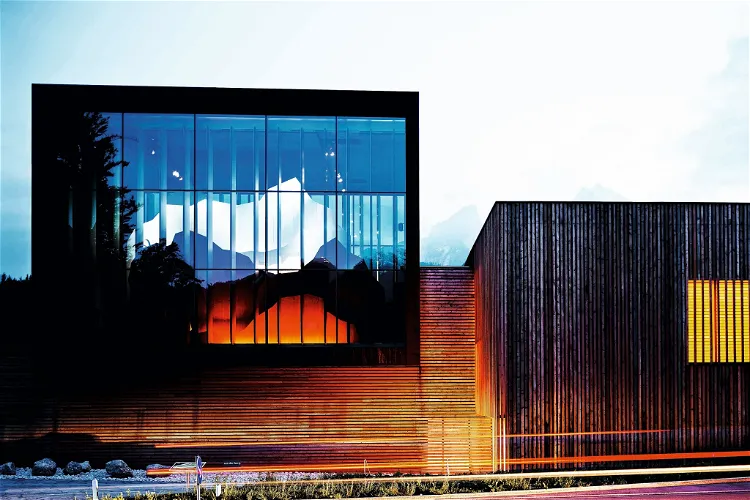
Haus der Berge - Nationalparkzentrum Berchtesgaden
BerchtesgadenThe Haus der Berge in Berchtesgaden serves as the central information and education center of the Berchtesgaden National Park. It provides visitors with comprehensive information about the park and its diverse ecosystems. The center also offers educational programs aimed at promoting understanding and appreciation of the natural environment.
House of Mountains
BerchtesgadenThe House of Mountains, located in Berchtesgaden, serves as the central information and education center of the Berchtesgaden National Park. It provides visitors with a wealth of information about the park, its flora and fauna, and the various activities available within the park. The center is designed to be accessible and informative, making it a valuable resource for anyone planning to explore the park.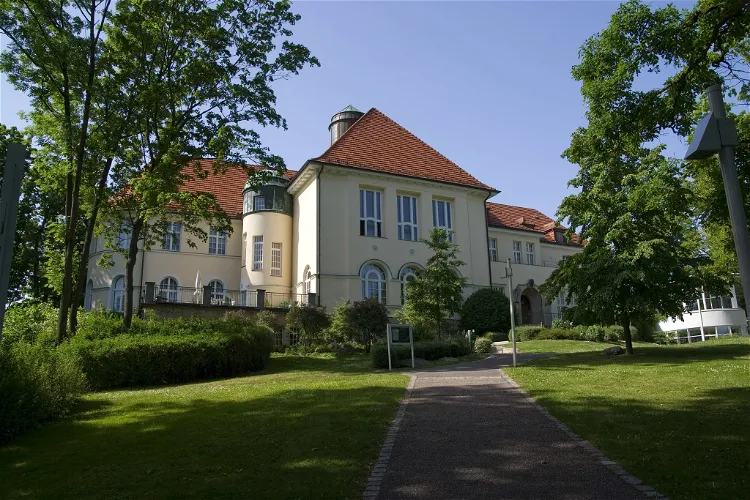
Naturkundemuseum Coburg
CoburgThe Naturkunde-Museum Coburg is a natural history museum located in the city of Coburg. It is situated on the grounds of the Coburg Court Garden, a beautiful location that adds to the overall experience of visiting the museum. The museum's location is not only scenic but also convenient, making it easily accessible for tourists.
Augsburg Zoo
AugsburgAugsburg Zoo, situated in the city of Augsburg in Bavaria, Germany, is one of the country's largest zoos, attracting over 600,000 visitors each year. This makes it a popular destination for both locals and tourists alike, offering a wide range of animals and exhibits to explore.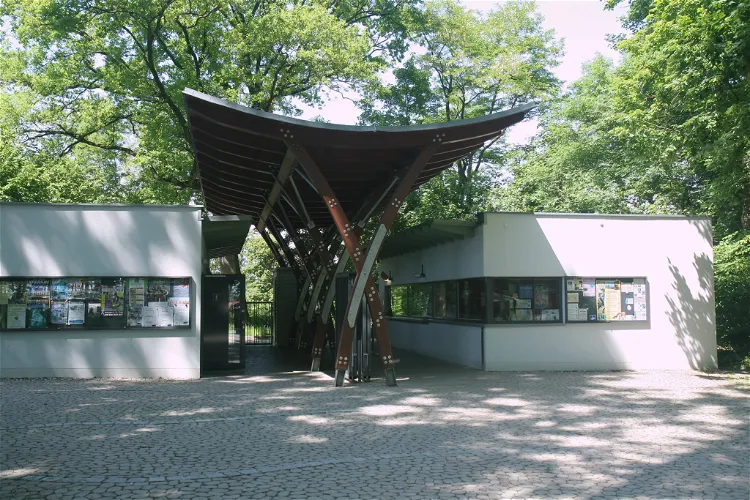
Straubing Zoo
StraubingThe Straubing Zoo, located in the western part of the city of Straubing, is a diverse wildlife sanctuary. It is home to over 2000 individuals from approximately 200 species. The zoo's inhabitants include a wide range of mammals, birds, reptiles, amphibians, and fish. This variety of species makes the zoo a fascinating destination for wildlife enthusiasts.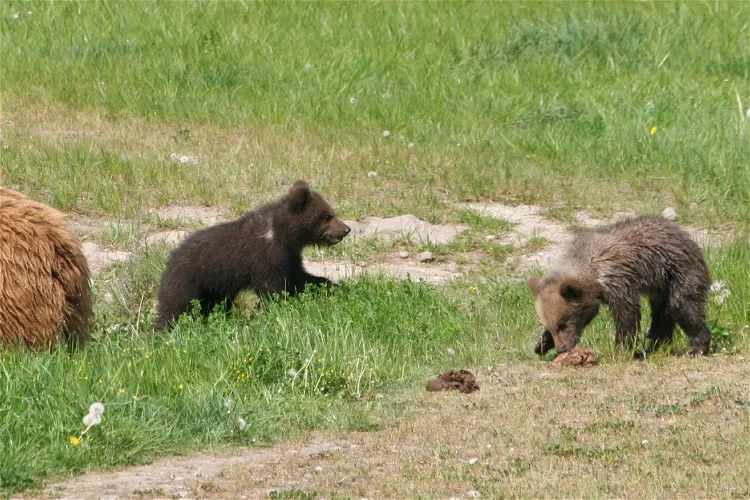
Wildpark Poing
PoingWildpark Poing is a wildlife park situated in the municipality of Poing. The park primarily showcases a variety of native European wild and domestic animals. It provides an opportunity for visitors to observe these animals up close in their natural habitat.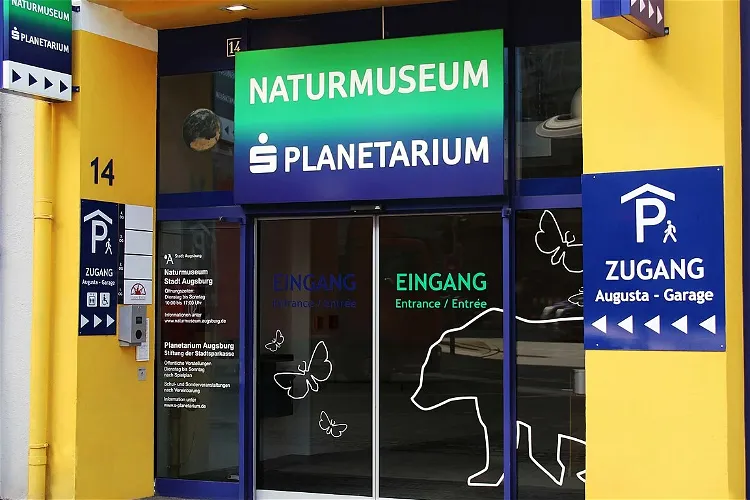
S-Planetarium and Nature Museum
AugsburgThe Naturmuseum Augsburg, located in the "Augusta Arcaden" in the northern old town, is operated by the city of Augsburg. This location is easily accessible and is situated in a historical part of the city, making it a convenient and interesting destination for tourists.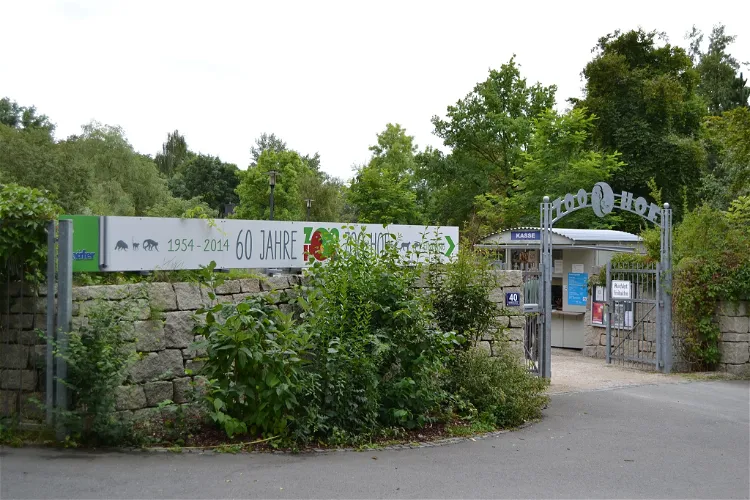
Zoologischer Garten Hof
HofThe Zoologischer Garten Hof, located in the northeastern part of the city, is the only zoo in Oberfranken. It is home to the Geological Garden of the city of Hof, offering a unique combination of zoological and geological attractions. The zoo is situated near the Bürgerpark Theresienstein, Botanical Garden, Luitpoldhain, and cemetery, making it a convenient stop for tourists exploring the area.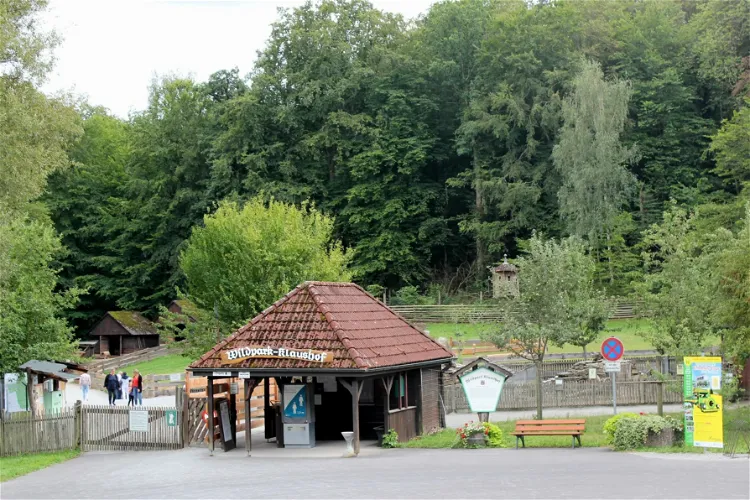
Wildpark Klaushof
Bad KissingenThe Wildpark Klaushof is a wildlife park nestled in the UNESCO Biosphere Reserve Rhön in Bavaria. It is situated approximately four kilometers northwest of Bad Kissingen, making it a convenient destination for nature enthusiasts visiting the area. The park offers a unique opportunity to explore the rich biodiversity of the region in a serene and natural setting.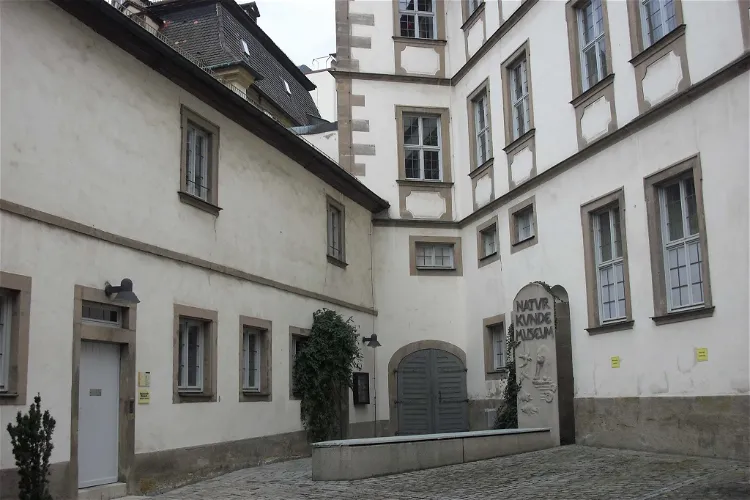
Natural History Museum
BambergThe Natural History Museum in Bamberg, Germany, is a historic institution that dates back to 1791. It was established by Prince-Bishop Franz Ludwig von Erthal and is housed in the historic rooms of the Jesuit College in the island city. This location adds a unique charm to the museum, making it a fascinating destination for tourists interested in natural history and historic architecture.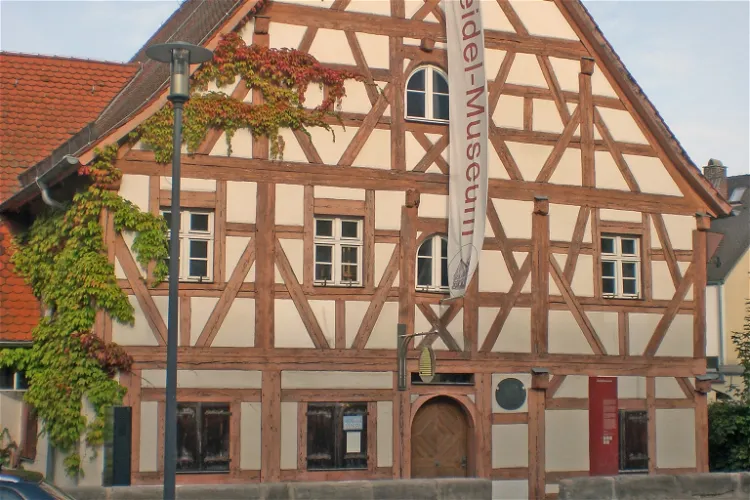
Zeidelmuseum
FeuchtThe Zeidelmuseum, established in 1986, is a beekeeping museum situated in the former Hutzlerhaus in Feucht. This location was chosen due to Feucht's historical significance as a center for beekeeping since the Middle Ages. The museum offers a unique insight into the history and techniques of beekeeping, making it an interesting destination for those interested in history, nature, and beekeeping.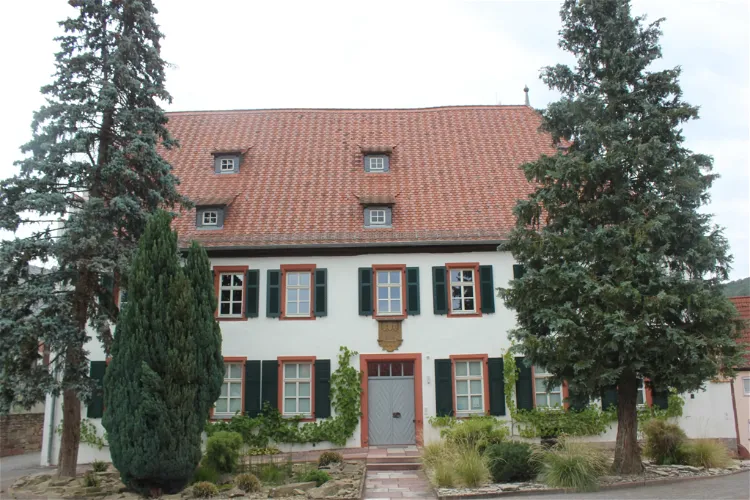
Museum Terra Triassica Euerdorf
EuerdorfThe Museum Terra Triassica in Euerdorf, Unterfranken, is a unique institution that offers a deep dive into the geological history of the Germanic Triassic of the Central European Basin. Visitors can explore the fascinating world of the Triassic period, which spanned from 252.5 to 201.5 million years ago, and learn about the various geological transformations that occurred during this time.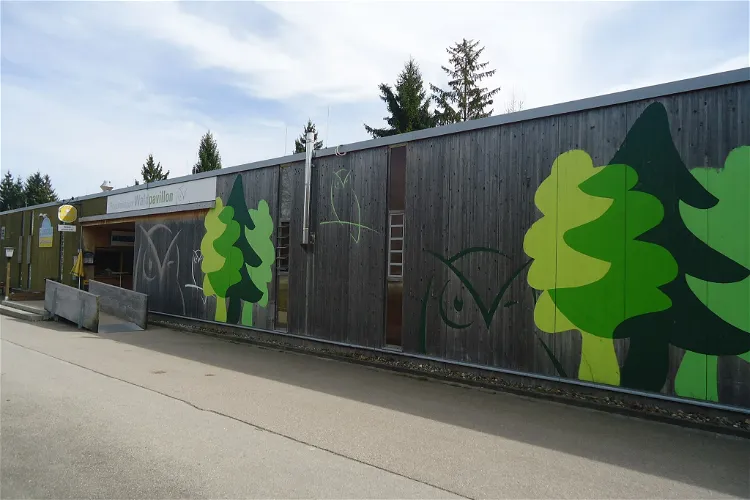
Forstmuseum Waldpavillon
AugsburgThe Forstmuseum Waldpavillon is a museum dedicated to the functions and tasks of the Augsburg city forest. It is operated by the city forestry administration of Augsburg and is situated in the Hochfeld district. The museum is easily accessible and is located near the parking lot of the Bezirkssportanlage Süd on Ilsungstraße, not far from the Siebentischanlagen and the Zoological Garden.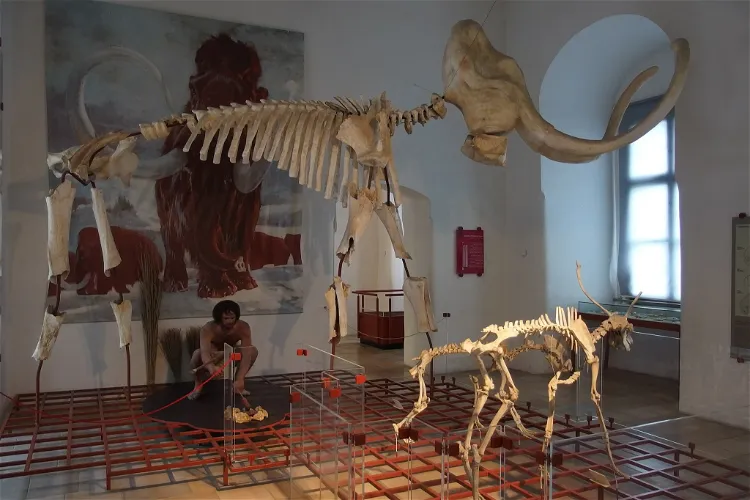
Museum für Ur- und Frühgeschichte
EichstättThe Museum für Ur- und Frühgeschichte is an archaeological museum situated in the Willibaldsburg in Eichstätt, Upper Bavaria. This museum is a significant destination for those interested in archaeology and history, offering a comprehensive view of the region's development from the Stone Age to the Early Middle Ages.- 15
Nationalparkzentrum Lusen Tier-Freigelände
KatzbergThis is not an ordinary Zoo - animals living in the area are presented in a large, easily walkable area. 
Olching Bird Park
OlchingThe Olching Bird Park is situated 20 kilometers west of Munich, covering a vast area of 20,000 square meters. This expansive space provides ample room for the park's diverse bird population and allows visitors to explore and appreciate the natural beauty of the park.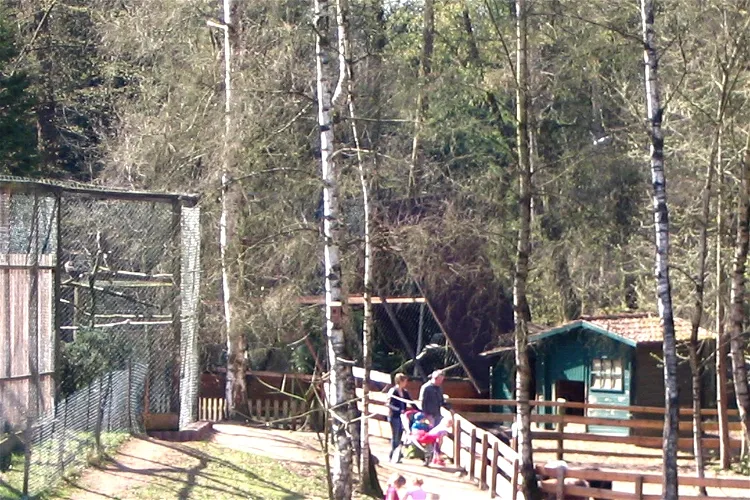
Vogelpark Abensberg
AbensbergVogelpark Abensberg is a privately operated small zoo located in Abensberg, in the district of Kelheim, Bavaria. This unique park offers a chance to explore a diverse range of bird species in a natural setting.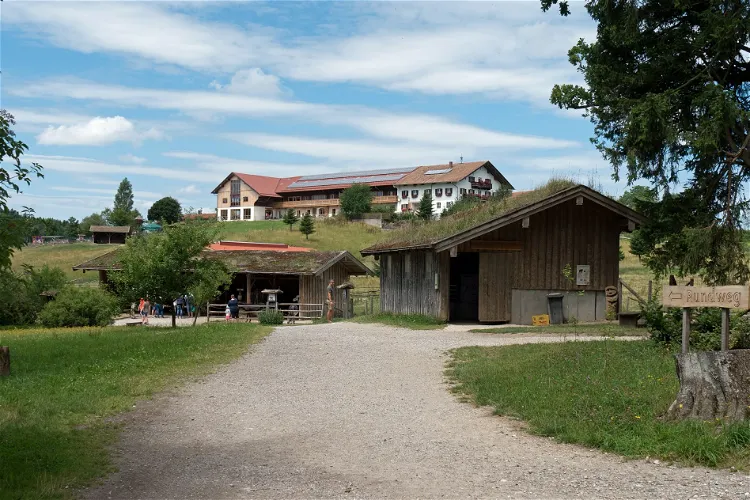
Bergtierpark Blindham
AyingBergtierpark Blindham is a privately run zoo situated in Blindham, a district of Aying in the extreme southeast of the Munich district. This location offers a unique experience for visitors who are interested in exploring a diverse range of domestic and wild animal species in a natural environment.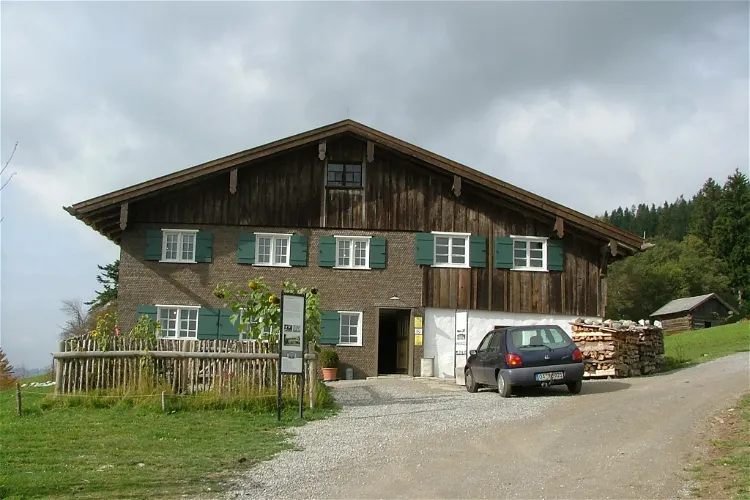
Allgäuer Bergbauernmuseum
Immenstadt im AllgäuThe Allgäuer Bergbauernmuseum is made up of several buildings that collectively document rural life. The museum includes several animal stables, a herb garden, an alpine pasture, and a mountain farm. These elements provide a comprehensive view of rural life and offer visitors a chance to explore and understand the historical and current practices of rural living.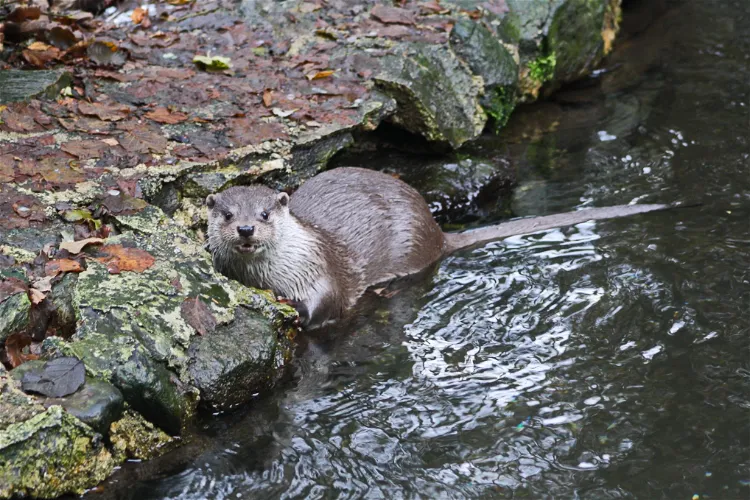
Bayerwald-Tierpark Lohberg
LohberghütteThe Bayerwald-Tierpark Lohberg is a wildlife park situated in the Bavarian Forest in Lohberg, in the Upper Palatinate region of Germany. This location is known for its natural beauty and is a popular destination for nature lovers and wildlife enthusiasts.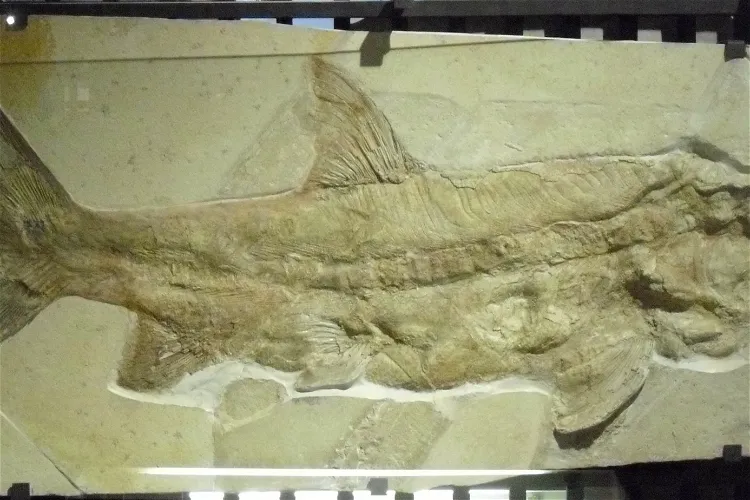
Jura Museum
EichstättThe Jura Museum Eichstätt is a natural history museum that is part of the network of the State Natural Science Collections of Bavaria. It is located on the Willibaldsburg, a hilltop site above the Altmühltal. This location offers visitors not only a chance to explore the museum's collections but also to enjoy the beautiful surrounding landscape.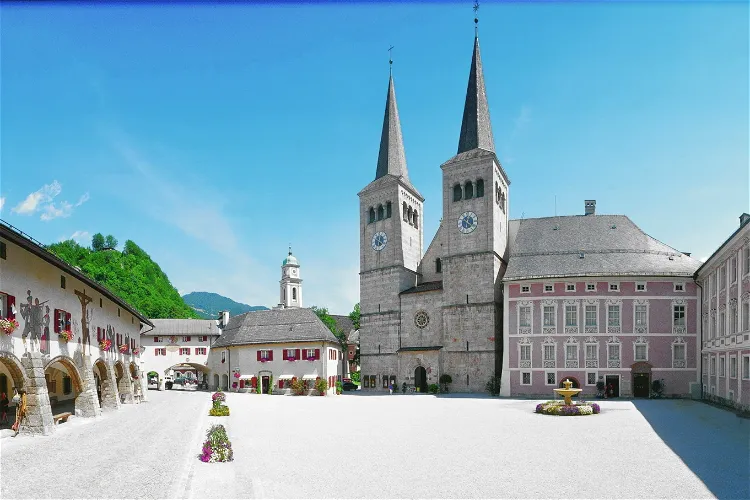
Rehmuseum
BerchtesgadenThe Rehmuseum, located in Berchtesgaden, is a unique institution dedicated to the exhibition of deer trophies and the documentation of deer habitats. The museum is housed in the former stables opposite the Royal Palace and is owned by the Wittelbacher Ausgleichsfonds. The collection, which provides a fascinating insight into the life and environment of deer, was painstakingly assembled by Albrecht Duke of Bavaria.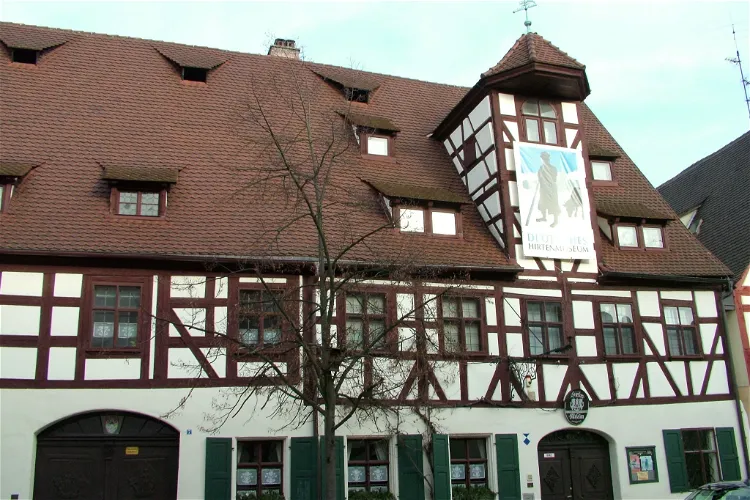
Deutsches Hirtenmuseum
HersbruckThe Deutsches Hirtenmuseum, located in the city of Hersbruck, was inaugurated in 1933. It is housed in a protected ensemble that includes a 16th-century farmer's house, a barn, and another building, all surrounding a large courtyard and garden. This setting provides a unique and historical backdrop for the museum's exhibits.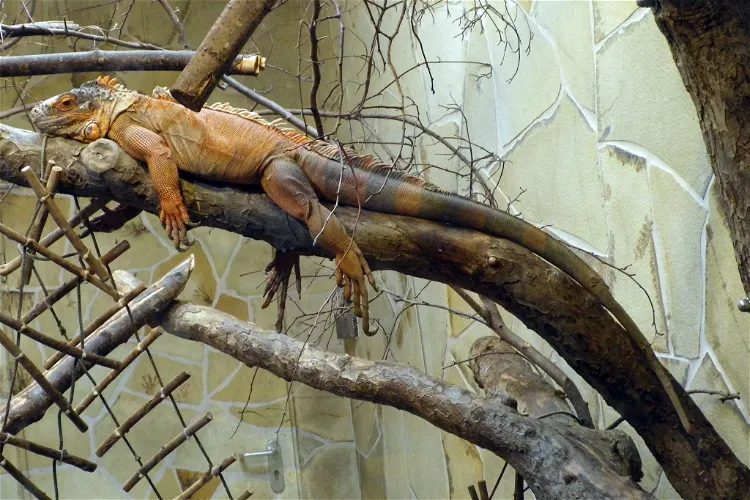
Kleinzoo Wasserstern e.V.
IngolstadtKleinzoo Wasserstern is a zoo located in the Bavarian city of Ingolstadt. It was founded and is operated by an association of the same name. This zoo offers a unique opportunity to explore a variety of animals in a well-maintained environment.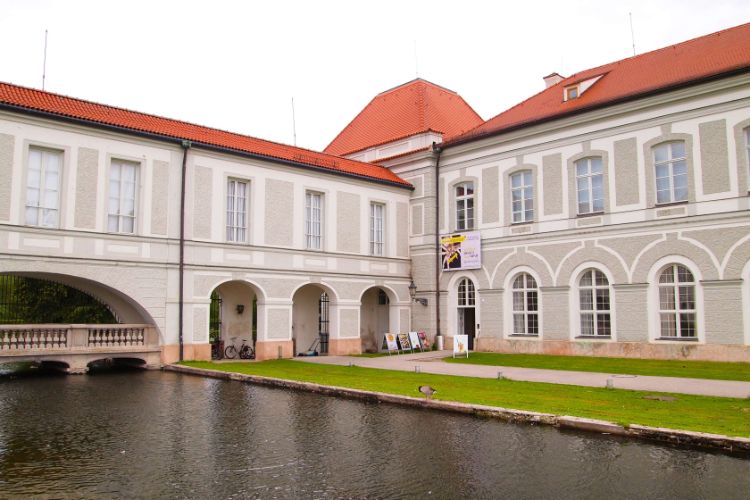
Museum Mensch und Natur
MunichLocated in the Nymphenburg Castle, the Museum Mensch und Natu is dedicated to natural history. Walk through its interactive exhibits, see life-sized replicas and marvel at its highlight "JJ1", alias Bruno the Bear - the first brown bear to appear in the country after almost 200 years.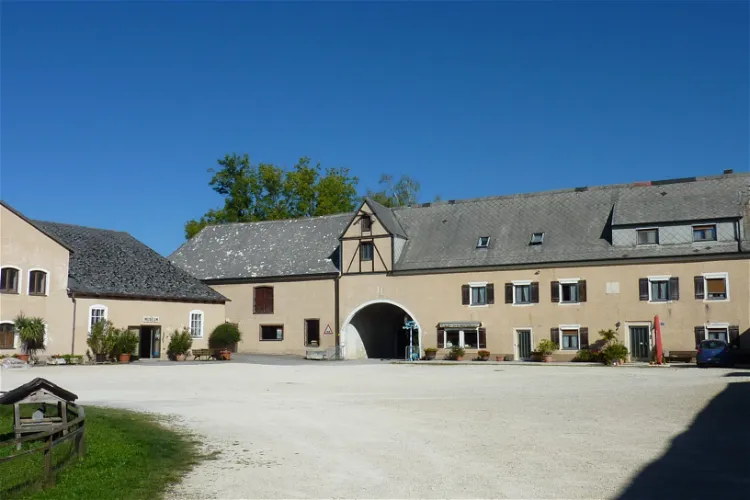
Museum Bergér
SchernfeldMuseum Bergér is a unique destination for those interested in paleontology and geology. It is situated in Harthof, a part of the Upper Bavarian municipality of Schernfeld in the Eichstätt district. This location offers a serene and picturesque environment that enhances the overall experience of the museum visit.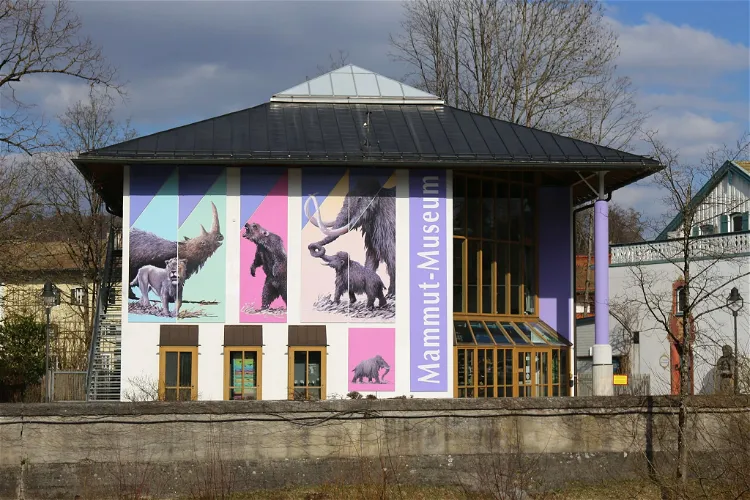
Naturkunde- und Mammut Museum Siegsdorf
SiegsdorfThe Naturkunde und Mammut Museum Siegsdorf is a unique institution that specializes in geology, paleontology, and Ice Age finds. The museum's focus is on the last 250 million years, providing a comprehensive understanding of the geological formation and the flora and fauna of the Ice Ages. It offers a deep dive into the history of the region, making it an interesting destination for those interested in natural history and the evolution of life on Earth.- 28
Tierpark Irgenöd
OrtenburgThe Vogel- und Tierpark Irgenöd, located on the northeastern outskirts of Ortenburg in the Lower Bavarian district of Passau, is a notable destination for animal and nature lovers. The park was built by Erich Schobesberger as a bird park and was opened to the public in 1975. It offers a unique opportunity to explore a variety of bird and animal species in a natural setting. 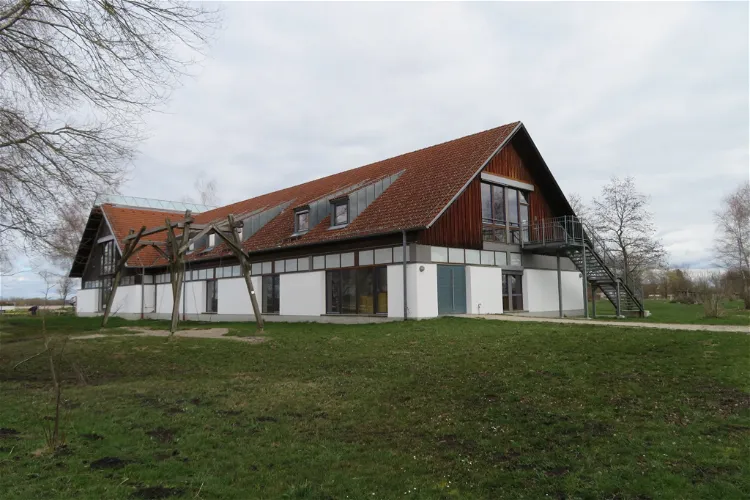
Haus im Moos
KleinhohenriedThe Haus im Moos in Kleinhohenried is a unique combination of a museum, educational center, and conference facility. Opened in 1998, it offers a rich insight into the history and culture of the Donaumoos region. The museum documents the struggle of the colonists for the drainage and cultivation of the moor, which began in the late 18th century. It is an ideal destination for those interested in history, culture, and nature.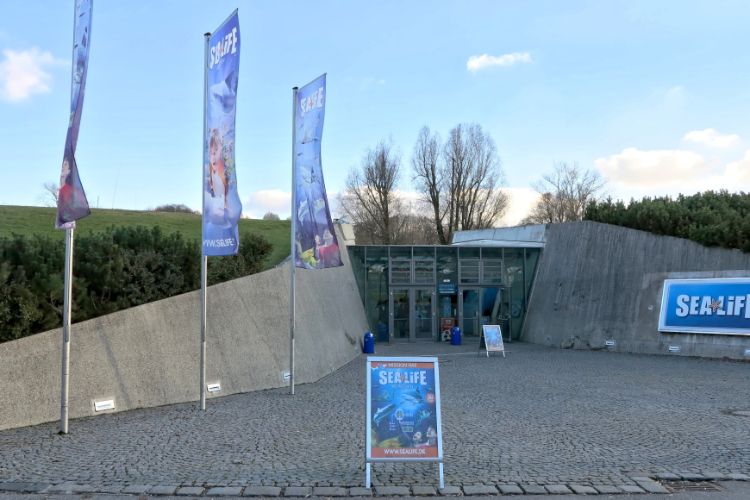
SEA LIFE Munich
MunichSea Life Munich is one of eight Sea Life Centers in Germany. It was opened in 2006 and depicts life in the Isar and the Danube to the Black Sea and the Mediterranean Sea. In over 33 basins with 700,000 liters of water around 3,000 sea creatures are held relating to 150 species. A ten meter long unde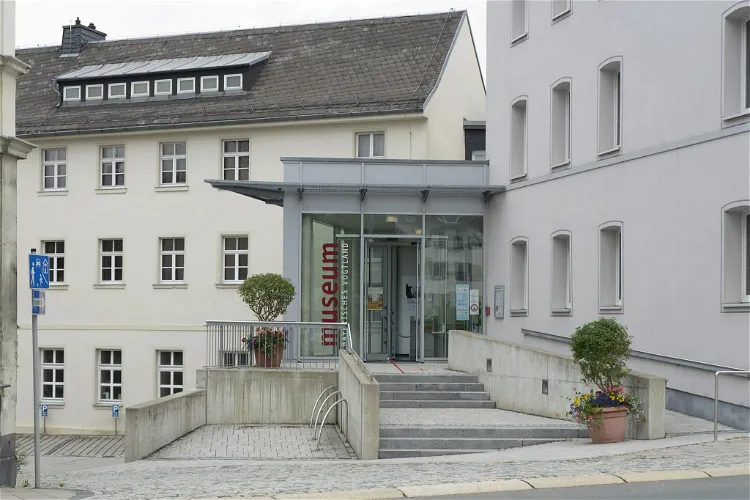
Museum Bayerisches Vogtland
HofThe Museum Bayerisches Vogtland, located in Hof (Saale), is a cultural and natural history museum. It offers a rich collection of exhibits that cover a wide range of historical themes, from traditional crafts to the era of industrialization, with a particular emphasis on textile production, which was of great regional importance.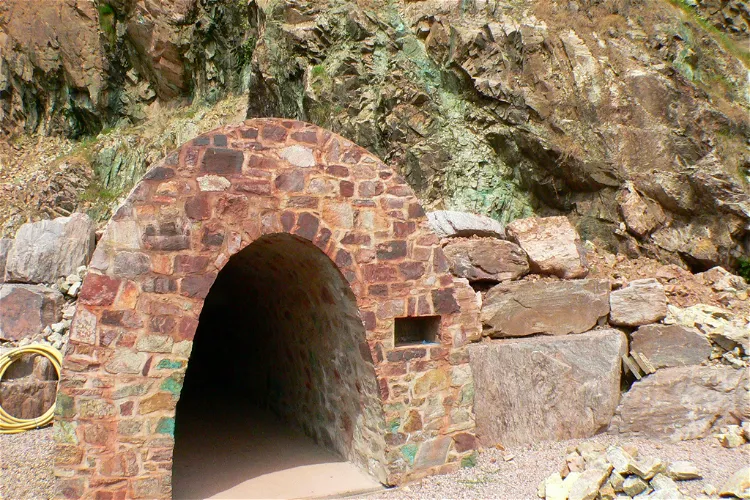
Kupferbergwerk Wilhelmine
SommerkahlThe Wilhelmine mine has been carefully restored and maintained by private individuals, primarily for historical preservation and conservation purposes. It has been developed into a visitor mine, offering a unique insight into the mining history of the region. During clean-up work in the mine, minerals are regularly discovered and these finds are displayed in an exhibition for visitors to view. The mine and exhibition can be visited during the summer months after registration for a guided mine tour.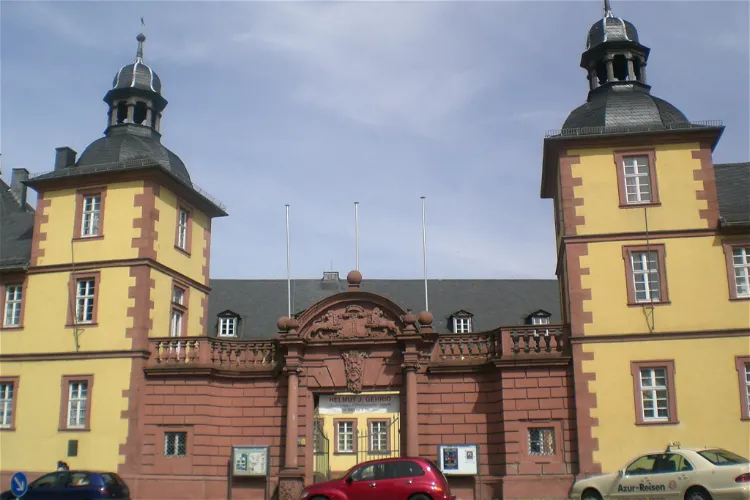
Natural History Museum of Aschaffenburg
AschaffenburgThe Natural History Museum of Aschaffenburg is situated in the historical Schönborner Hof in Aschaffenburg, Bavaria, Germany. This location adds a historical charm to the museum, making it a unique place to explore the natural history of the region.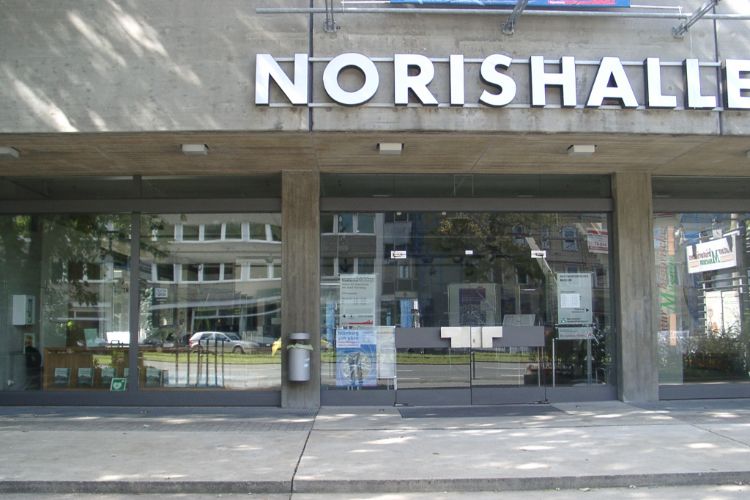
Natural History Museum
NurembergThe Natural History Museum in Nuremberg exhibits parts of the collections of the Natural History Society Nuremberg. The permanent exhibition in the Natural History Museum in Nuremberg covers the areas: ethnology, prehistory, archeology of Jordan, karst and speleology and geology. Zoology, entomology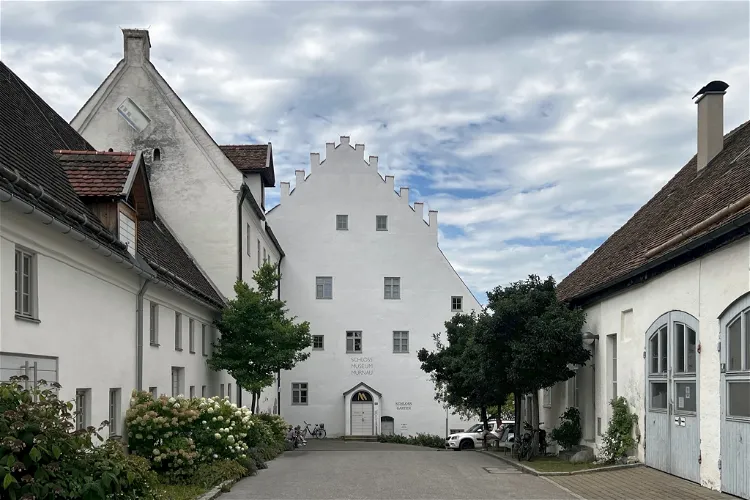
Schlossmuseum Murnau
Murnau am StaffelseeThe Schlossmuseum Murnau is a museum situated in the Bavarian town of Murnau am Staffelsee. It is housed in the Murnau Castle, a structure with a rich history dating back to the Middle Ages. The museum is part of the MuSeenLandschaft Expressionismus, a network of museums dedicated to the Expressionist art movement.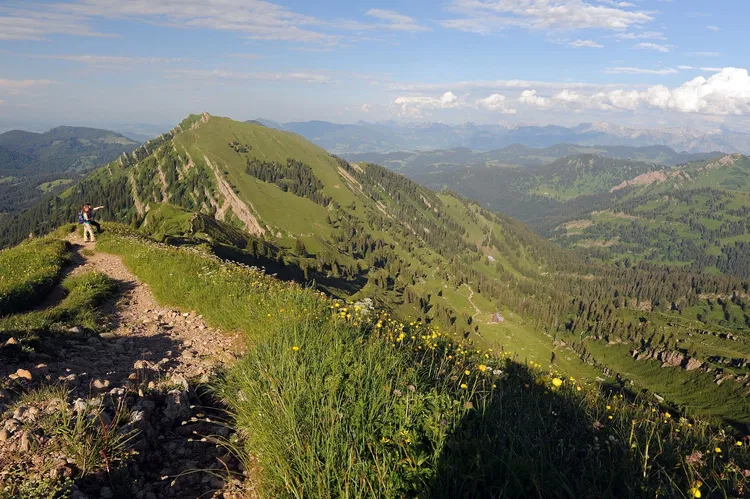
Nagelfluhkette Nature Park
Immenstadt im AllgäuThe Naturpark Nagelfluhkette is a unique cross-border nature park that spans between the German region Allgäu and the Austrian state Vorarlberg. This park is the first of its kind, bridging two countries and offering a diverse range of landscapes and natural beauty. It covers a significant part of the Allgäu Prealps west of the Iller and extends from Immenstadt and the western slopes of the Illertal in the east to the Hirschbergzug in the west. The park's southern border is marked by the Bregenzer Ach, Hirschgundtal, and Rohrmoostal near Oberstdorf, extending to the slopes of the Hochifen.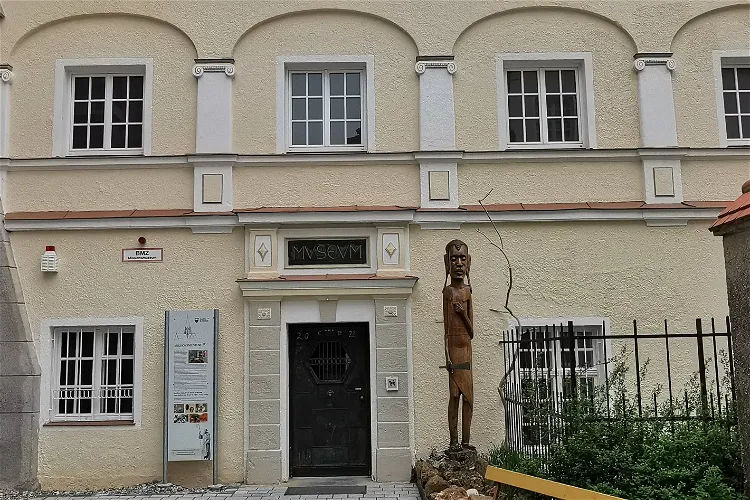
Missionsmuseum
Sankt OttilienThe Missionsmuseum in Sankt Ottilien, established in 1887, is a significant historical site located within the premises of the Archabbey of Sankt Ottilien. The museum houses an ethnological and natural history collection from the former mission areas of the monastery. It serves as a comprehensive documentation of the history of the Benedictine Congregation of St. Ottilien, providing visitors with a deep understanding of the congregation's past.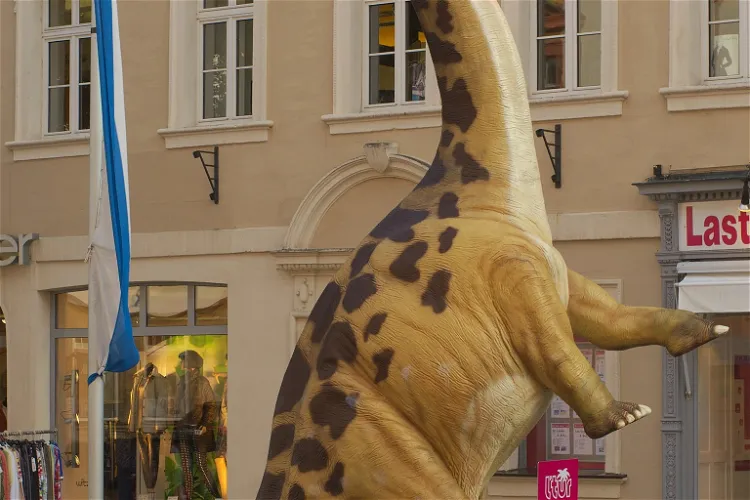
Urwelt-Museum Oberfranken
BayreuthThe Urwelt-Museum Oberfranken in Bayreuth is a regional natural history museum that is managed by the city of Bayreuth. The museum's main focus is on the history of both living (paleontology) and non-living (geology and mineralogy) nature of Upper Franconia. This makes it a unique destination for those interested in natural history and the evolution of life and earth.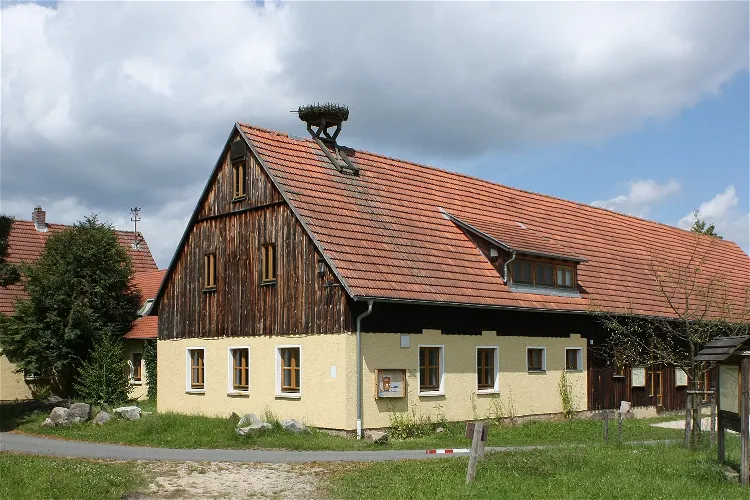
Naturkundemuseum und Kinder-Museum Lindenhof
BayreuthThe Naturkunde-Museum Lindenhof in Bayreuth is an integral part of the Lindenhof Environmental Protection Information Centre. This centre is managed by the Landesbund für Vogelschutz e.V. – an association dedicated to the protection of species and habitats. This association is known for its commitment to environmental conservation and education, making the museum a great place for visitors interested in nature and biodiversity.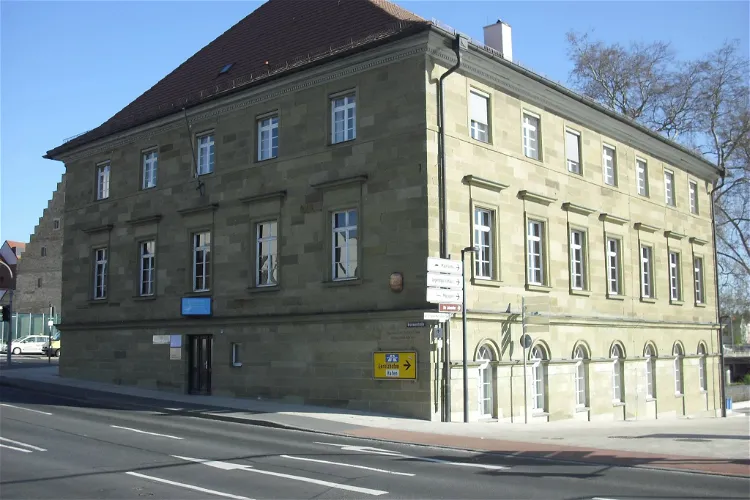
Naturkundliches Vogelmuseum
SchweinfurtThe Naturkundliche Museum in Schweinfurt is situated in the Harmonie museum building, which is located on the banks of the Main. This location offers visitors a scenic view of the river and the surrounding area. The museum is easily accessible and is part of a cultural quarter that includes other museums and cultural institutions.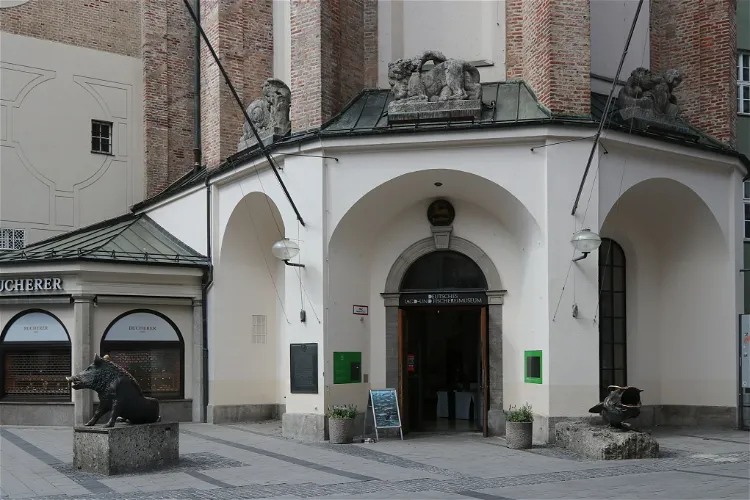
German Hunting and Fishing Museum
NeuhausThe German Hunting and Fishing Museum, located in Munich, is a significant institution dedicated to the history of hunting and fishing. It is recognized globally among hunting museums for its extensive collection and historical significance.- 42
Fossilien- und Steindruckmuseum Gunzenhausen
GunzenhausenThe Fossil and Stone Print Museum Gunzenhausen, previously known as the Maxberg Museum or Museum on the Maxberg, is a paleontological and geological museum located in Gunzenhausen. This city is situated in the Middle Franconian district of Weißenburg-Gunzenhausen. The museum is a significant destination for those interested in paleontology and geology, offering a unique insight into these scientific fields.